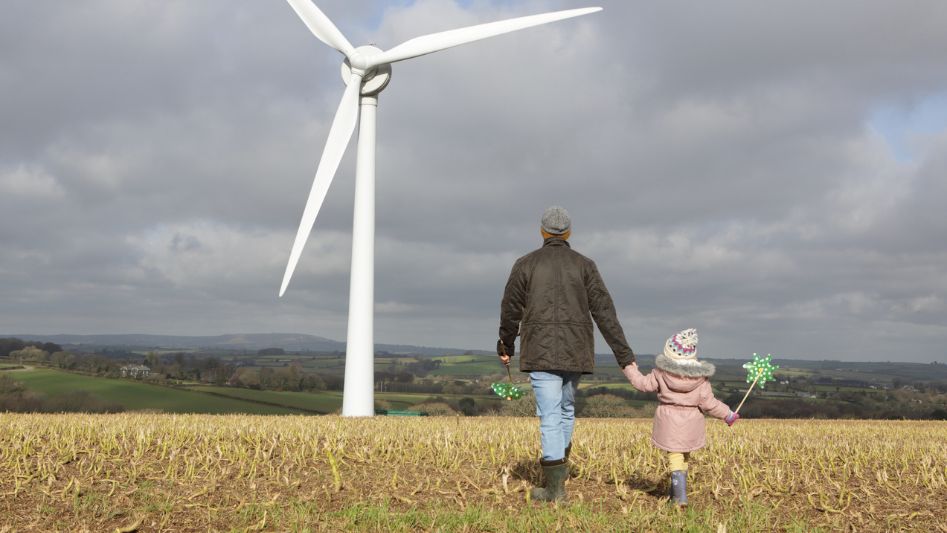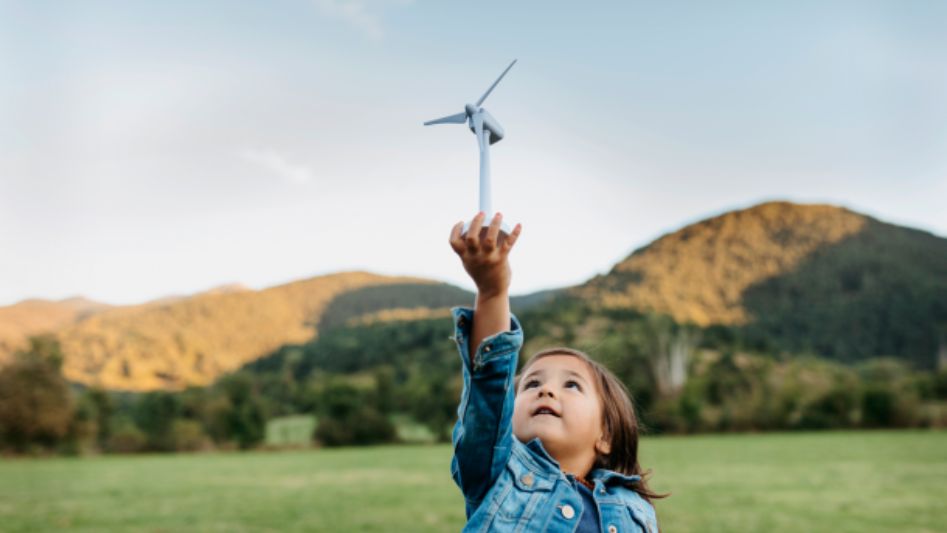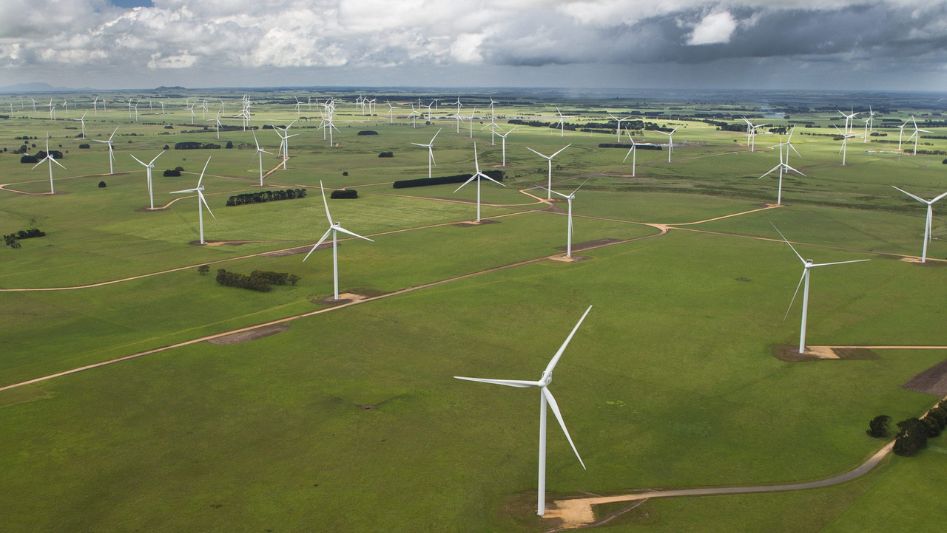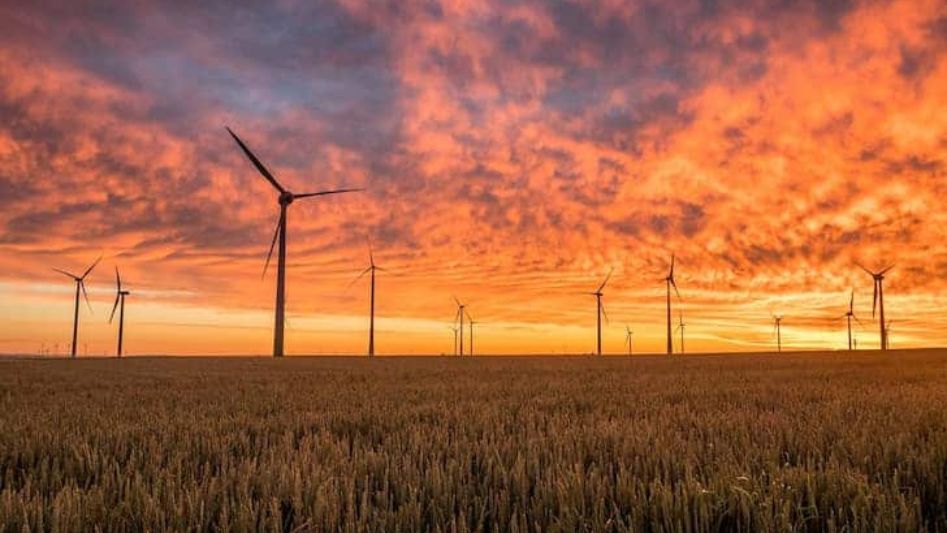Discover how wind energy can play a vital role in achieving a zero-carbon future. Learn about the benefits of this renewable energy source and its potential to reduce greenhouse gas emissions.
Table Of Content
Introduction
The transition to a zero-carbon future is essential to mitigate the impacts of climate change. While there are various sources of renewable energy, wind energy is a promising solution that can significantly contribute to achieving a zero-carbon future. In this blog, we will explore how wind energy can help in the transition to a zero-carbon future.
We invite you to read: “9 Cool Innovations In Wind Energy”
Overview of Wind Energy
Wind energy refers to the process of generating electricity using wind turbines. The energy produced from wind turbines is clean and renewable, making it a sustainable solution to the increasing demand for energy. Wind turbines are designed to convert kinetic energy from wind into electricity using the principle of electromagnetic induction.
Advantages of Wind Energy
Wind energy has several advantages that make it a promising solution for achieving a zero-carbon future. Firstly, wind energy is renewable, meaning that it does not deplete natural resources like fossil fuels. Secondly, wind energy is cost-effective and can significantly reduce the cost of electricity compared to fossil fuels. Thirdly, wind energy reduces greenhouse gas emissions and other air pollutants that contribute to climate change.
Wind Energy and Climate Change
Wind energy can play a significant role in mitigating the impacts of climate change. The burning of fossil fuels for energy is the primary cause of greenhouse gas emissions, which contribute to climate change. By transitioning to renewable sources of energy like wind energy, we can significantly reduce our carbon footprint and mitigate the impacts of climate change.
We invite you to read: “Google Buys 43MW of Wind Energy While Saving Birds”
Barriers to Wind Energy Adoption
Despite the numerous advantages of wind energy, there are still several barriers to its adoption. Firstly, wind turbines require a significant amount of land, which can be a challenge in densely populated areas. Secondly, the intermittent nature of wind can create challenges for grid integration and energy storage. Thirdly, the initial cost of setting up wind turbines can be high, which may deter some investors from investing in wind energy.
Future of Wind Energy
The future of wind energy is promising, with many countries investing in wind energy projects to transition to a zero-carbon future. Technological advancements have led to more efficient wind turbines, making wind energy a more attractive solution. Moreover, the increasing demand for renewable energy has led to a decrease in the cost of wind energy, making it more affordable for consumers and businesses.
We invite you to read: “Massive Support For Onshore Wind Energy Projects In The UK”
Conclusion
Wind energy has the potential to play a significant role in achieving a zero-carbon future. With numerous advantages, wind energy can significantly reduce greenhouse gas emissions and mitigate the impacts of climate change. However, to overcome the barriers to adoption, governments and investors must continue to invest in wind energy and promote its adoption.
FAQ
What is wind energy?
Wind energy is a renewable energy source that harnesses the power of wind to generate electricity. This is done through wind turbines that convert the kinetic energy from the wind into electrical energy.
How does wind energy contribute to a zero-carbon future?
Wind energy is a clean and renewable energy source that does not emit greenhouse gases, making it a sustainable solution to the increasing demand for energy. By transitioning to renewable sources of energy like wind energy, we can significantly reduce our carbon footprint and mitigate the impacts of climate change.
What are the barriers to wind energy adoption?
Some of the barriers to wind energy adoption include the initial high cost of setting up wind turbines, the intermittent nature of wind, which can create challenges for grid integration and energy storage, and the requirement for significant amounts of land to set up wind turbines, which can be a challenge in densely populated areas.
You May Also Like
- Revolutionizing Wind Energy Design: The Power of Computational Fluid Dynamics (CFD)
- Unlocking the Benefits of Wind Energy: Why Going Higher is Better
- Why Wind Energy is an Essential Part of the Renewable Energy Mix
- DIY: Wind Energy Set Up and Maintenance
- Onshore Versus Offshore Wind Energy: Pros & Cons




